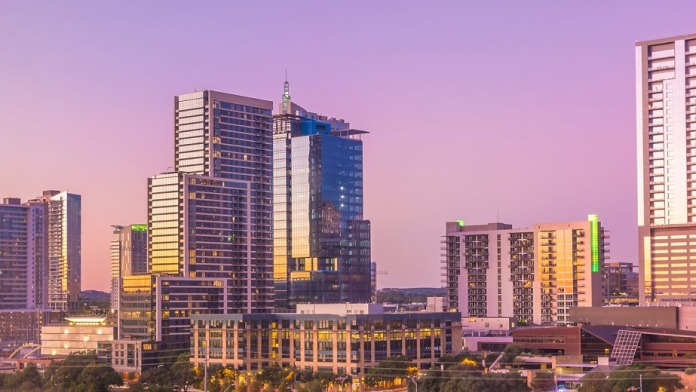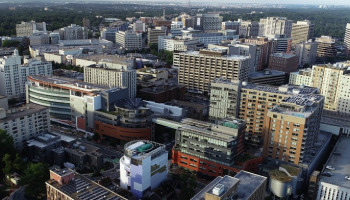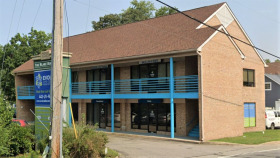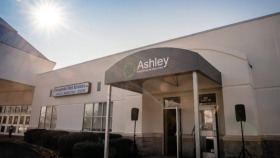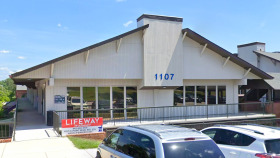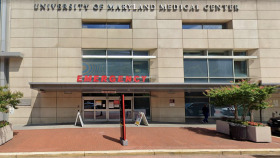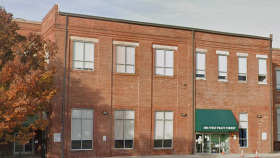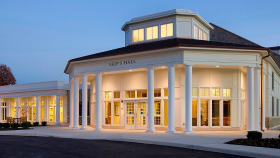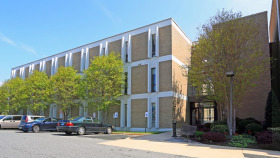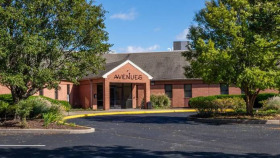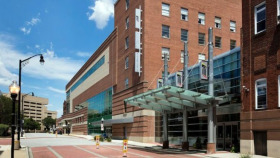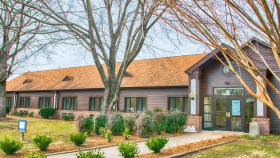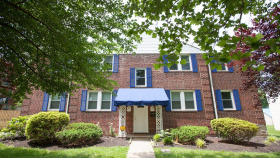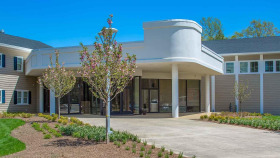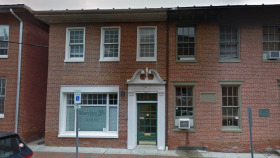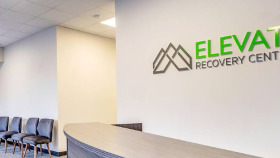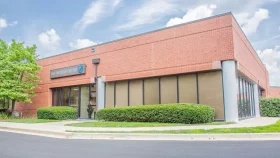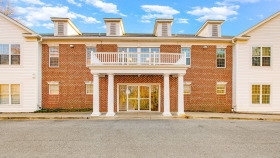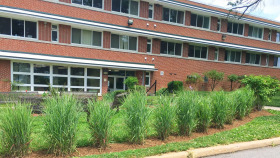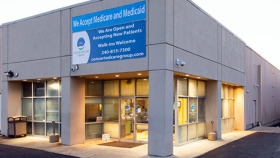Expert Insights
According to the Maryland Department of Health, during the 5-year period ending in 2020, 2,300 opioid overdose deaths occurred among Marylanders over 55 years old–a 33% increase.
The progression of chronic diseases contributes to the risk for opioid overdose in the elderly, who become more sensitive to drug effects with aging. Careful attention must be paid to aging family members who use opioid prescription medicines, and if they exhibit signs of possible opioid abuse, such as irritability, agitation, or emotional dysregulation, family members should consult with their doctor.
In some cases, drug rehab may be needed. Across Maryland, there are nearly 200 addiction recovery facilities offering specialized, age-specific care for seniors, over half of which also accept Medicare. Maryland seniors don’t have to suffer. A happy future free of dependency awaits.
~ Rita Milios, LCSW, SAP
How Much Does Drug Rehab Cost in Maryland?
Maryland is ranked 31st nationwide in terms of addiction treatment affordability, with an average cost of drug and alcohol rehab of $56,783 (without insurance).
- Medical detox is the most expensive, with an average cost of $139,991
- Long-term inpatient drug rehab in Maryland costs an average of $50,107
- Outpatient addiction treatment in Maryland costs an average of $8,326
- Outpatient methadone treatment is the most affordable, with an average cost of $7,398
Even if that seems out of your reach financially, options that may better fit your budget are also available. Insurance, payment plans, scholarships, and grants can all make getting help more affordable. And some facilities and detox centers in Maryland are free.
How to Pay for Drug Rehab in Maryland
As of 2024, there were over 490 drug rehab facilities across the state of Maryland. These facilities accept several payment methods. Of those treatment facilities, the following numbers reflect how many accept their respective payment methods:
Several options help you find and pay for low cost or free drug rehab in Maryland that can help meet your unique needs. Consider the following methods, including private insurance, government sponsored programs, and grants and scholarships.
Private Pay + Insurance
Most commercial health insurance policies cover treatment for mental health conditions and substance use disorders, which are regulated by two Federal laws. However, there are exceptions so you must verify your insurance coverage before receiving treatment. Most addiction treatment centers will verify your insurance coverage and help estimate your out of pocket costs.
Despite having Health insurance, some people choose private pay or self-pay for their alcohol and drug rehab. This provides greater confidentiality and reduces the potential for their employer will find out about substance abuse treatment. The following are some of the major insurance companies that provide coverage in Maryland.
- Aetna
- APWU Health Plan
- ArmadaCare
- CareFirst BlueChoice, Inc.
- CareFirst of Maryland
- Cigna
- Coventry Health Care
- Kaiser Mid-Atlantic
- Kaiser Permanente
- Optimum Choice, Inc.
- UnitedHealthcare
- UnitedHealthOne
Medicaid
Medicaid is state and federally sponsored health coverage designed for people who meet eligibility requirements. These typically include being a citizen of the U.S., having a Social Security number, residing in Maryland, and meeting financial requirements. Each state administers its own Medicaid Program and in Maryland, it is regulated by the Maryland Department of Health.
Medicaid covers approximately 1.8 million people in Maryland or nearly 25% of the state’s population. Half of those are children. In Maryland, Medicaid is called Medical Assistance and is managed by Health Choice. You can check your eligibility in the Health Insurance Marketplace run by the federal government or the Maryland Health Connection, which is the state’s health insurance Marketplace. Medicaid does adhere to federal laws that mandate mental health and substance abuse treatment, but, your coverage may vary depending on several factors.
Medicare
Medicare is federally funded health coverage designed primarily for people over age 65. There are several parts to Medicare, including Medicare Parts A, B, and D. Medicare Parts A and B cover inpatient and outpatient care and Medicare Part D covers prescription medications, including drug substitution for opioid use disorder.
Medicare Part C is a premium-based, managed care policy for Medicare Parts A and B that sometimes includes additional benefits. The Maryland Department of Aging assists Maryland residents who want to switch between Original Medicare and Medicare Advantage plans or change to a different Advantage plan during open enrollment. There are more than 11 million residents in Maryland enrolled in Medicare and about 19% of them have purchased Medicare Advantage plans.
Military Insurance
TRICARE is a military insurance plan that covers active duty and veterans and their families. TRICARE is available worldwide and categorizes coverage into three regions. Military personnel in Maryland are covered by Humana Military that administers TRICARE. Coverage may also include the Reserve Select program, which is a premium based option for selected reserve members and qualified survivors.
The military healthcare system is one of the largest and most complex in the U.S. combining healthcare, medical education, public health, and private sector partnerships. The VA Maryland health care system has several locations throughout the state where you can access mental health and substance use disorder treatment and manage your health online.
Tribal Funding and Programs
There are no federally recognized tribes in Maryland, but there are state recognized tribes, including the Assateague Peoples Tribe, the Piscataway Conoy Tribe, and the Piscataway Indian Nation. During the 2020 census, over 128,000 people identified as part or full Native Americans. The Governor’s Office of Crime Prevention and Policy has a Comprehensive Opioid Use Site-Based Program that helps provide tribes and territories with critical funding needed to respond to drug abuse. Maryland Grant Watch records 41 substance abuse grants for Maryland, of which seven are for nonprofits and tribal entities.
Other Low Cost Options
Several low cost options help reduce your out of pocket expenses related to substance abuse treatment. The quickest way to receive treatment is through a personal loan from the bank or friends and family. Bank loans offer more confidentiality, but friends and family typically charge less interest and have a more flexible repayment plan.
Other options that help reduce out-of-pocket expenses include working with treatment centers that offer payment plans and sliding scale fees. You will typically need to provide documentation of your income and ability to pay to qualify for these programs. Faith-based programs are often nonprofit and offer help paying for drug and alcohol rehab, while local businesses and organizations may offer grants and scholarships to cover treatment.
Consider raising funds for recovery treatment from your friends, family, or crowdsourcing. While this may feel uncomfortable, the cost of going without treatment is far more expensive as it includes the cost of drugs, loss of employment, damaged relationships, and possible incarceration.
Free Addiction Treatment Resources in Maryland
Alcohol and drug rehab is a vital part of getting and staying sober. Free rehabs in Maryland can increase your potential for successfully reaching your goal. One of the biggest barriers to care is the cost, which can feel overwhelming when you are facing poverty, homelessness, unemployment, and other life circumstances that affect your finances.
When you are seeking recovery in Maryland, finding the right low cost or free rehab center in Maryland can help you get back on your feet and improve your quality of life. You have access to inpatient and outpatient care at low cost substance abuse treatment centers, alongside medical detox and aftercare programs that help you get and stay sober. The differences between free rehabs in Maryland and luxury centers are the amenities, locations, and smaller staff to patient ratios.
However, while the surroundings may be different, the type of care you receive is usually comparable. Customized inpatient treatment programs offer 24/7 supervision when you need consistent care and outpatient treatment programs can include individual, group, and family therapies using evidenced based treatment protocols.
Maryland Coalition of Families
The organization provides family peer support, policy and legislative advocacy, family leadership development programs, and children’s mental health programs. They offer help to adults and children who are experiencing mental health, substance abuse, and gambling problems.
Community Behavioral Health Association of Maryland
The organization was founded in 1984 and is the leading advocacy organization for Maryland’s community based behavioral health providers who offer mental health and substance abuse treatment. They affiliate with peer groups to move change forward for behavioral health in Maryland.
Maryland Harm Reduction Training Institute
The organization supports programs in the state that help people who are addicted to drugs. They provide live and on demand training for programs, technical assistance, and a resource library that includes Maryland specific information. They also offer free courses on harm reduction, overdose response, and outreach and engagement of people who use drugs.
Sobriety Treatment and Recovery Teams
The program helps improve outcomes for families and children by using a specialized child welfare service delivery model. They operate in eight states, including Maryland, and have proven results demonstrating children were 50% less likely to enter out of home placement and 75% of children remained with or were reunified with their parents.
Maryland’s Office of Overdose Response
Maryland’s Office of Overdose Response works with partner organizations in 24 jurisdictions to share best practices and prevent overdose deaths using multidisciplinary collaboration and overdose prevention teams.
Maryland Drug Use Statistics
State or publicly funded Maryland drug rehabs admitted 118,748 people 12 years and older for the treatment of substance use disorders (SUDs) in 2019. This was the highest number of admissions per capita (2.3 per 100) in the U.S. Here’s the breakdown:
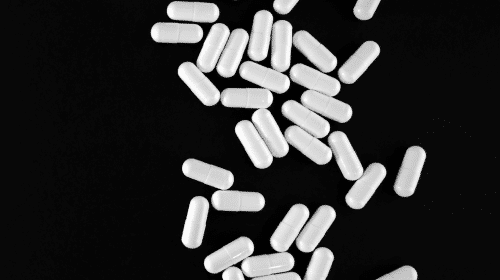
61% were admitted for heroin or other opioid use (oxycodone, codeine, etc.)
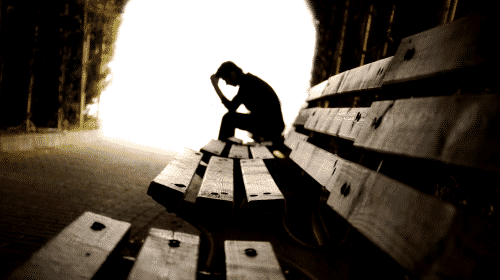
19% were admitted for alcohol or combined alcohol and SUDs.
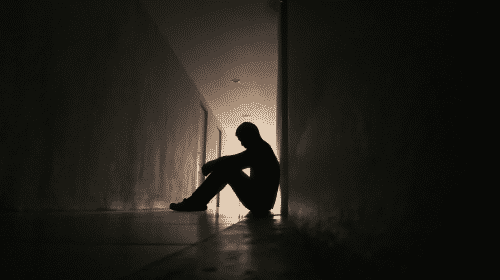
7% were admitted for cocaine/crack use.
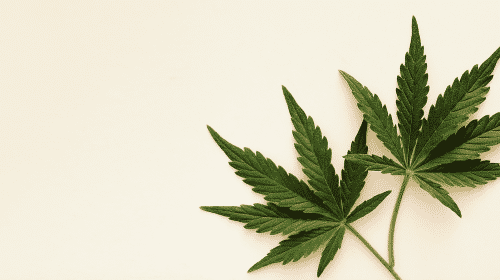
5% were admitted for marijuana use.
Unintentional alcohol and drug intoxication deaths rose 16% in Maryland in 2020, a trend that mirrored the situation across the U.S. Of the 2,773 overdose-related deaths that year, opioids were involved 90% of the time. Fentanyl, a potent synthetic opioid, was a contributing substance in 2,326 deaths. Maryland ranks the sixth highest in the U.S. for overdose deaths.
While overdose deaths in most of the U.S. continued to rise in 2021, Maryland saw slightly fewer unintentional alcohol and drug-related deaths last year, as noted in a preliminary report by the Center for Disease Control (CDC).
DUI
Maryland law allows for charges against people with a blood alcohol concentration of 0.07% in some instances, while the concentration level is 0.08% in most other states. Prosecutors can file under two categories of charges, either of which can result in having driving privileges immediately suspended pending a hearing. You gave implied consent to the state when you got your driver’s license to undergo field sobriety and blood tests. If you refuse, your license can be suspended for one year, regardless of conviction status.
Marijuana
In 2014, Maryland decriminalized marijuana possession of less than 10 grams making it a civil offense punishable by a fine up to $100 and up to $500 for a third and subsequent offense. However, while the state permits use and sale, marijuana is illegal under federal law. This means possession of marijuana on federal land, including national parks and the courthouse, can lead to prosecution and being penalized for simple possession.
Naloxone Standing Order
Maryland Department of Health has a standing order for all pharmacists to dispense naloxone and necessary supplies to any individual and if they cannot afford the kit or the copay, they can be referred to the Overdose Response Program to receive one free of charge.
Maryland Good Samaritan Law
The Good Samaritan Law protects people who are helping in an emergency helping someone who has overdosed from arrest and prosecution. The law encourages anyone who sees a medical emergency triggered by drugs or alcohol to get help without being afraid they will be arrested.
Drug Testing
Federal law requires drug testing in safety sensitive industries, such as aviation and transportation. Maryland allows employers to test when they follow state law, and if the test is positive, the job offer can be rescinded. Drug testing must be done at a certified lab and employers can test for marijuana use in the workplace.
Resources
- Maryland Opioid Operational Command Center. (2021). 2020 Annual Report.
- Center for Disease Control and Prevention. (2022). Provisional Drug Overdose Death Counts.
- Maryland Department of Health. (2022). Maryland Medicaid Administration..
- Federal Communications Commission. (2022). Emergency Broadband Benefit.
- Substance Abuse and Mental Health Services Administration. (2021). Addressing the Specific Needs of Women for Treatment of Substance Use Disorders.

